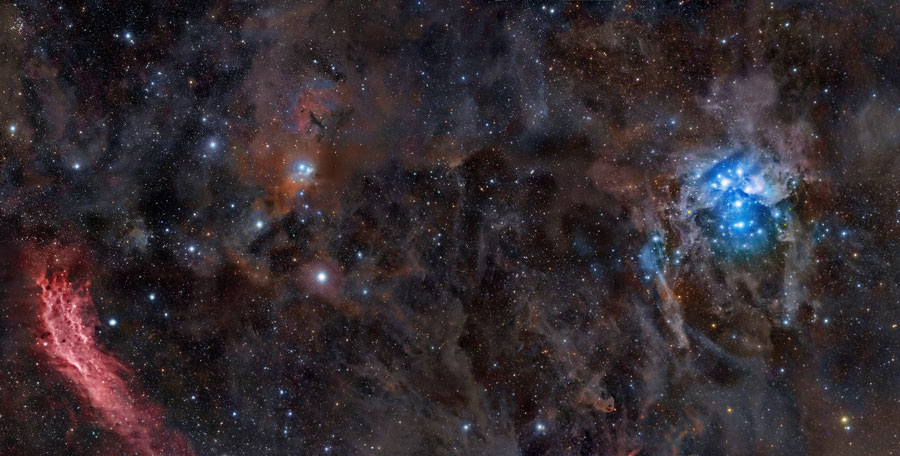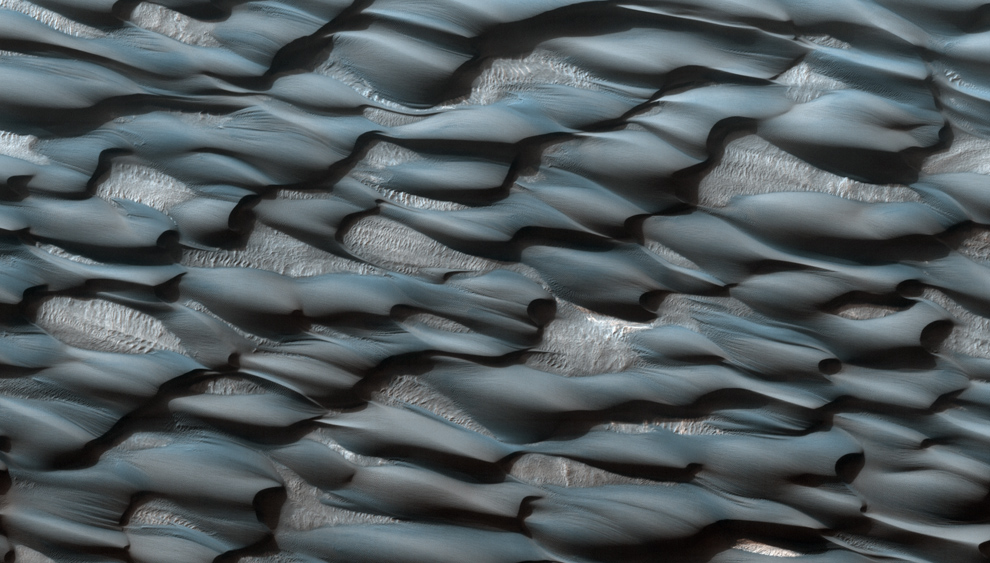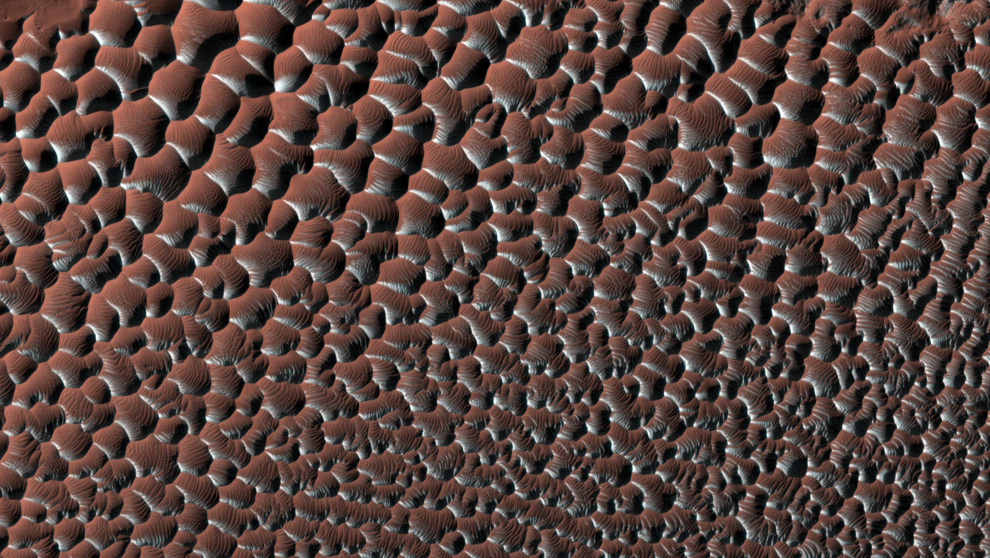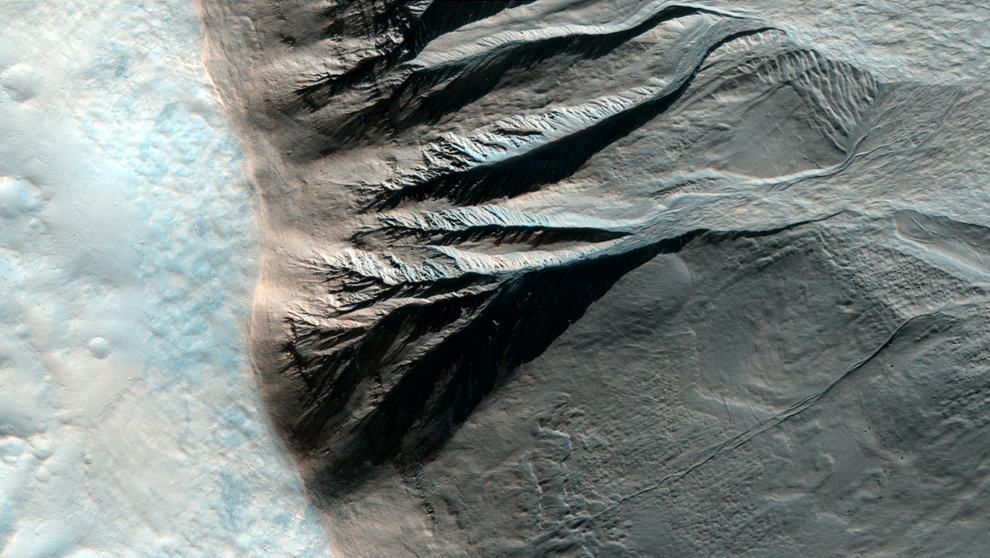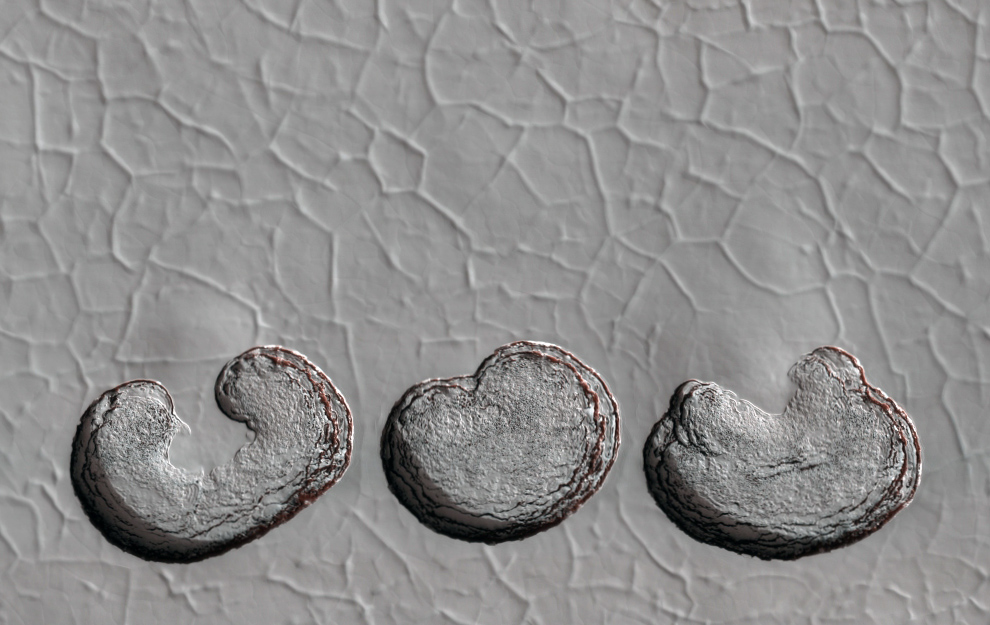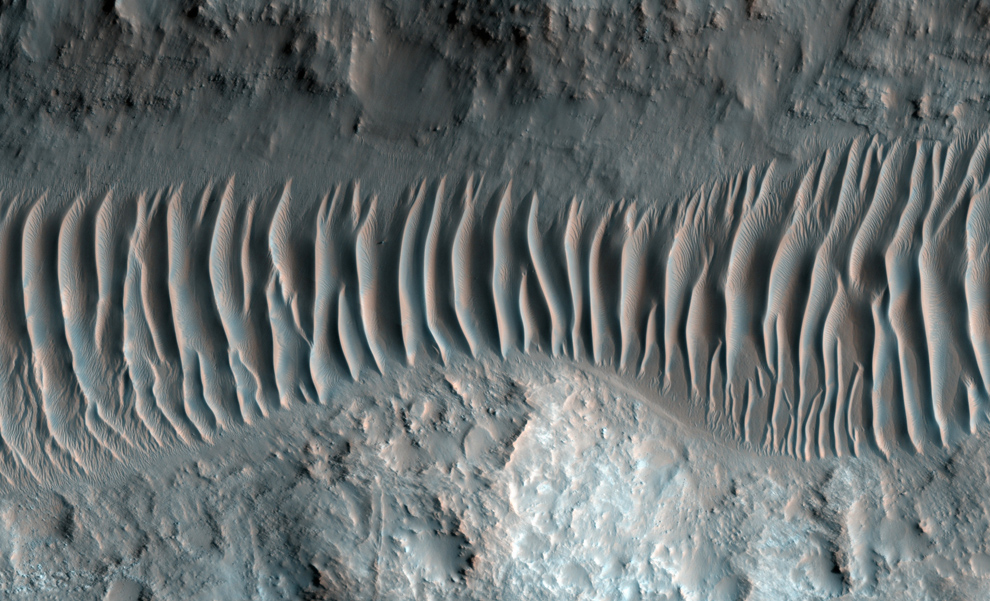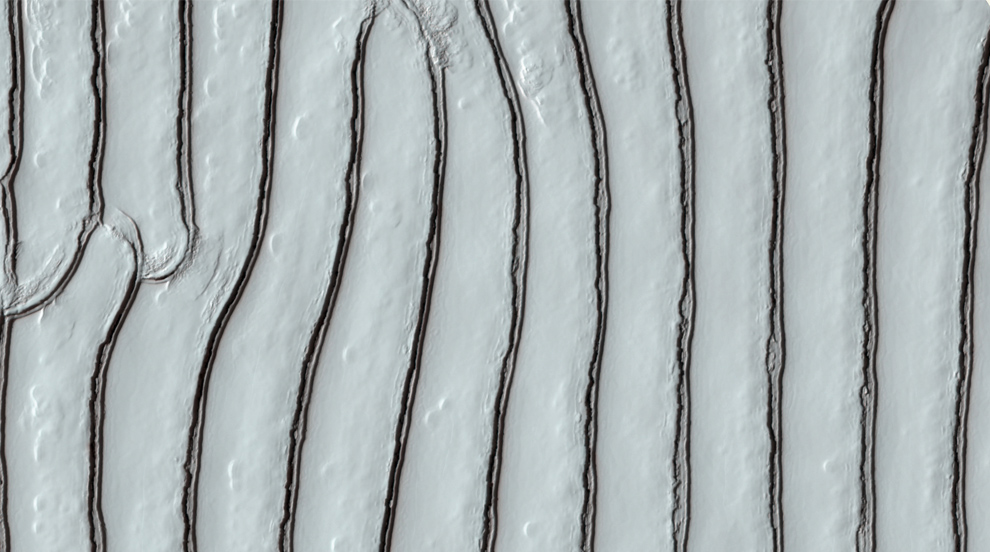The JKCS041 galaxy cluster, discovered by combining x-ray data from NASA with optical and infrared telescopes, is viewed as it was when the universe was a quarter of its current age.
Galaxy clusters are the universe's largest collections of items held together by gravity, and scientists hope the discovery of one at such an early stage will help them discover more about how the universe evolved.
The discovery is on the cusp of when scientists think galaxy clusters can exist based on how long it would take them to assemble, said Dr Ben Maughan, lecturer in astrophysics at the University of Bristol.
"It is certainly the earliest example by a long way and it is pushing the limit of when we expect to see them. We do not expect to find many older than this, but you can never say never.
"Our models tell us that in the period of the universe we are looking at, the number of galaxy clusters we should be able to find is about one.
"If we were to find several tens of galaxy clusters at that distance that would be a matter of concern because in our current models the universe can not produce masses of galaxy clusters at such an early point."
Stefano Andreon, of the National Institute for Astrophysics in Milan, added: "This object is close to the distance limit expected for a galaxy cluster. We don't think gravity can work fast enough to make galaxy clusters much earlier."
Searches are nonetheless being carried out to find other galaxy clusters at extreme distances.
JKCS041 was detected in 2006 by the United Kingdom Infrared Telescope, and its distance was then measured by the Canada-France-Hawaii telescope in Hawaii, the European Southern Observatory's Very Large Telescope and NASA's Spitzer Space Telescope.
Dr Maughan then analysed x-ray data that proved the discovery was a bona fide galaxy cluster, rather than a string of unconnected galaxies along the same line of sight.
Scientists hope follow-up studies of the new cluster will reveal more about whether the cluster is still forming, the build-up of elements such as iron within it, and the relationship between temperature, x-ray brightness and mass compared with nearby clusters.
http://www.telegraph.co.uk/science/space/6395761/Space-most-distant-galaxy-cluster-discovered.html






